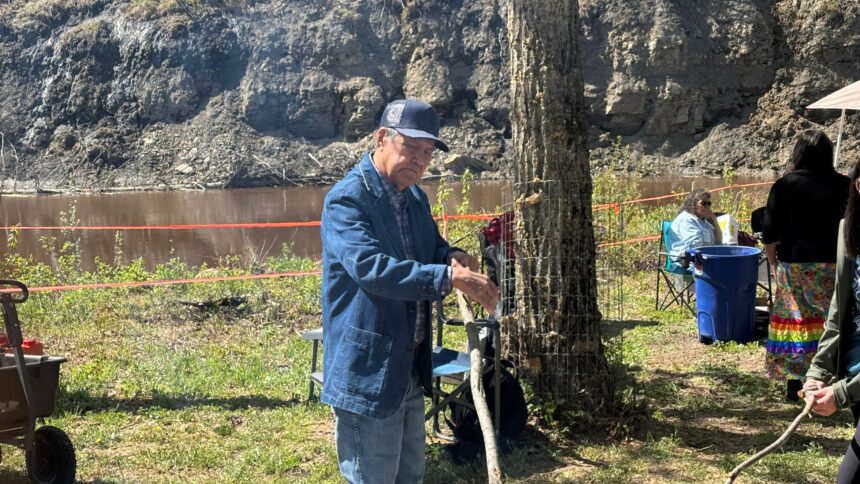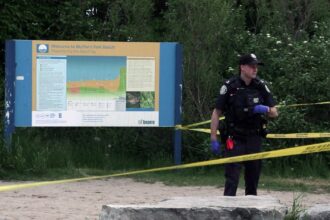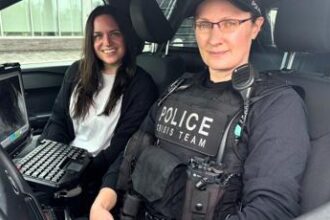In the rolling hills of northeastern British Columbia, a profound educational revolution is taking quiet root. As Doig Day 2025 approaches, Indigenous knowledge is no longer relegated to brief textbook mentions but has become a vibrant, living curriculum that resonates throughout BC classrooms. This annual celebration, scheduled for early June, represents far more than a cultural showcase—it embodies a fundamental shift in how Indigenous heritage is integrated into modern education.
“Learning happens differently when children can touch, taste, and experience culture firsthand,” explains Sarah Patchett, School District 60 Indigenous Education Coordinator. “The textbook approach has its place, but we’ve discovered that immersive cultural experiences create deeper, more meaningful connections for all students.”
The evolution of Doig Day reflects broader changes across Canadian educational systems, where Indigenous perspectives are increasingly recognized as essential rather than supplementary. Students from both Indigenous and non-Indigenous backgrounds participate in traditional activities including bannock making, hide tanning, medicine walks, and language workshops led by Doig River First Nation knowledge keepers.
Elder Margaret Attachie, who has contributed to the program since its inception, notes significant progress: “When we started, many children had never heard our stories or language. Now I see students greeting me in Beaver language and understanding our connection to this land. This knowledge belongs to everyone who lives here.”
The initiative aligns with Truth and Reconciliation Commission recommendations regarding education and has gained recognition as a model program throughout British Columbia. What started as a single-day event has expanded into year-round curriculum connections that weave Indigenous perspectives into mathematics, science, literature, and history.
School District 60 Superintendent Jeremy Hannay points to measurable academic benefits beyond cultural understanding: “We’re seeing improved engagement across subjects, especially among Indigenous students who now see their heritage reflected in their education. When students connect personally with learning material, achievement naturally follows.”
Provincial education officials are closely monitoring the program’s success. Ministry of Education representative Thomas Clarke confirms, “Programs like Doig Day demonstrate how local initiatives can meaningfully advance our provincial goals for reconciliation through education. We’re documenting best practices to share with other districts.”
For participating students, the impact extends beyond cultural appreciation. Twelve-year-old Mia Thompson, a non-Indigenous student, reflects: “Before Doig Day, I didn’t know much about the people who lived here first. Now I understand that their stories and knowledge help us understand this place better. I’ve learned about plants that can heal and how math was used for traditional trading.”
Funding for expanded Indigenous education initiatives has increased in recent years, with both provincial allocations and corporate partnerships supporting program development. Industry stakeholders operating in traditional territories have contributed resources, recognizing education as a pathway to improved community relations.
As preparations for Doig Day 2025 continue, organizers emphasize that the initiative represents just one step in a longer journey. “True reconciliation through education isn’t achieved through isolated events,” Patchett cautions. “It requires sustained commitment to reexamining how and what we teach across the entire curriculum.”
As Canada navigates complex questions of identity and reconciliation, programs like Doig Day provide a practical blueprint for meaningful change. The question remains: will these localized educational innovations eventually transform how all Canadian children understand their country’s complex history and shared future?










